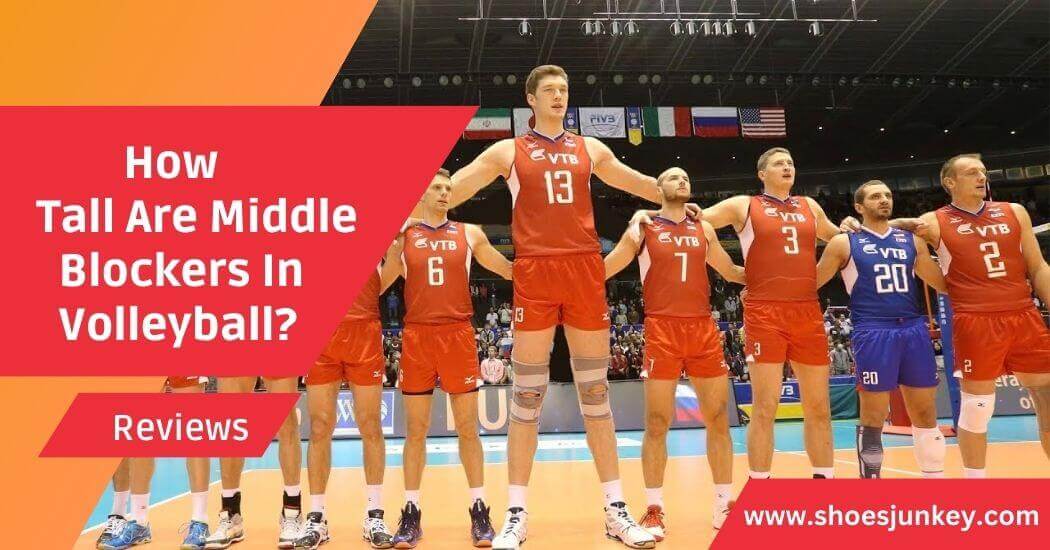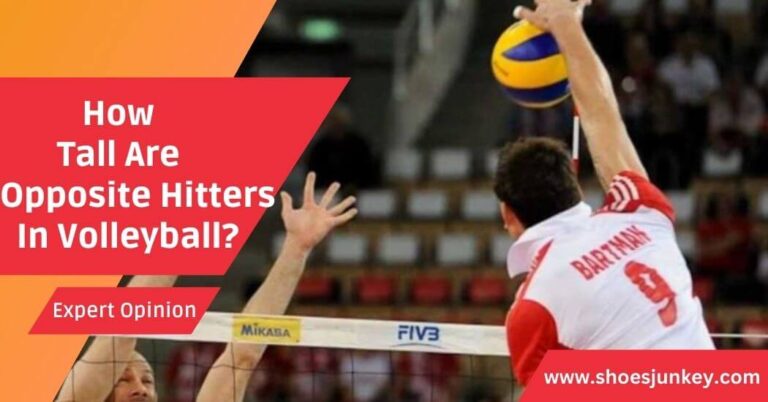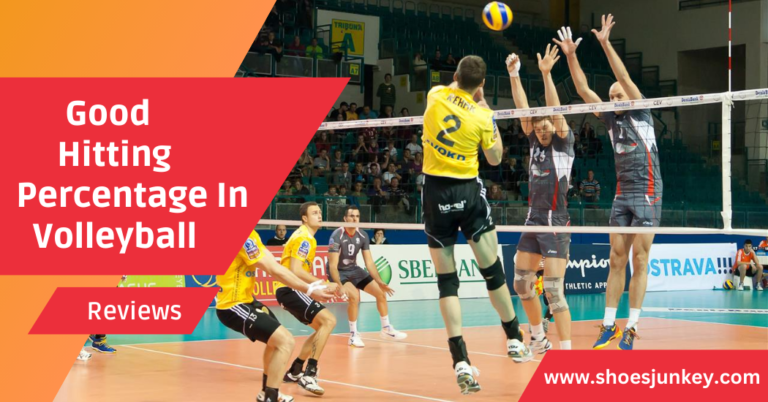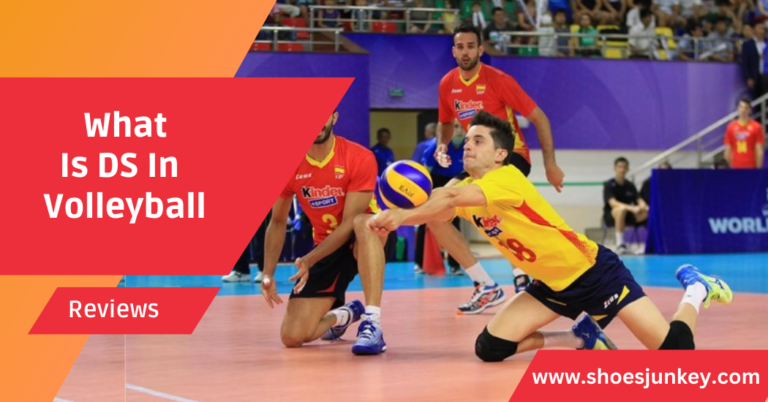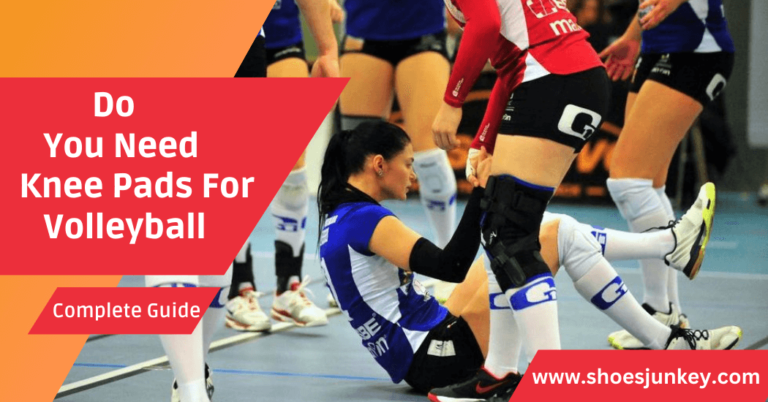How Tall Are Middle Blockers In Volleyball?
Volleyball is a thrilling and competitive team sport that requires a combination of physical skill, mental focus and strategic planning. Each position on the court plays a crucial role in a team’s success, with one of the most crucial roles being that of the middle blocker. Middle blockers are the first line of defense, playing a pivotal role in stopping opponents’ attacks and contributing to their team’s offensive strategies.
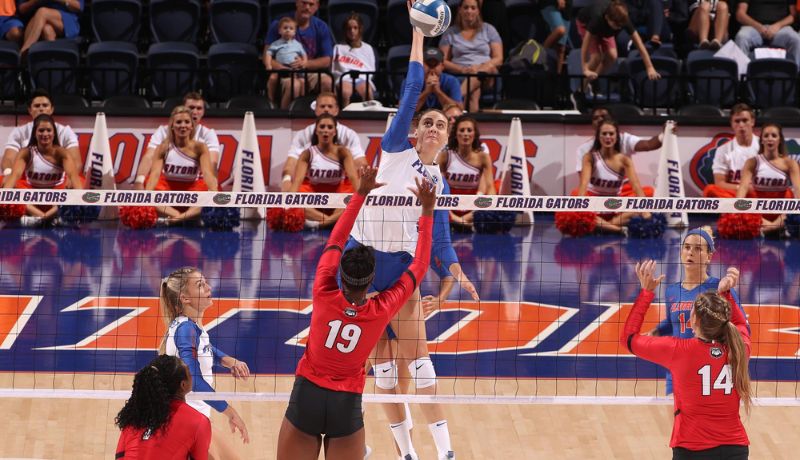
In this article, we will delve into the significance of height in the middle blocker position, analyze the ideal height range, discuss the impact of height on performance and offer some tips for aspiring middle blockers who may not fit the traditional height profile.
Middle Blockers and the Importance of Height
Height is a critical factor in volleyball for various reasons, ranging from net height to the ability to overcome opponents’ attacks. A middle blocker’s primary responsibility is to block the opposition’s hitters, ensuring that they do not score points by attacking the ball onto the team’s court. To effectively perform this task, middle blockers need to have a significant height advantage to cover a larger blocking area and deter offensive plays.
Ideal Height Range for Middle Blockers
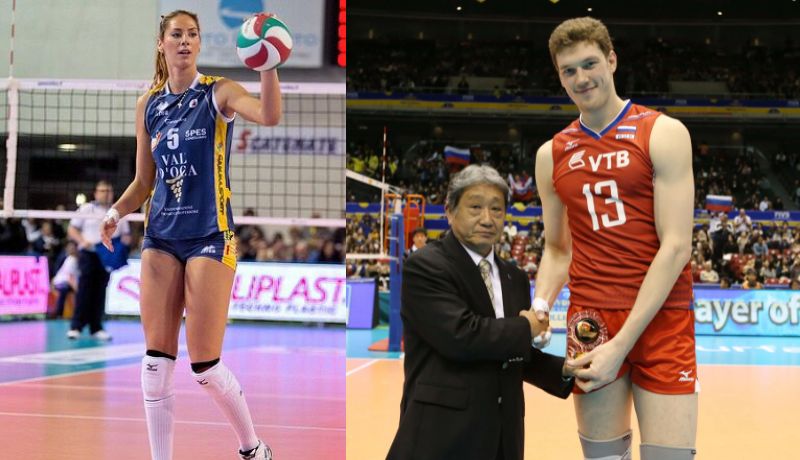
The average height of professional middle blockers varies depending on the level of play and the players’ geography. In general, male middle blockers range from 6’7″ to 6’11” (200cm to 210cm), while female middle blockers stand around 6’1″ to 6’4″ (185cm to 193cm).
However, these numbers are not absolute and there have been successful middle blockers outside these ranges. The key factor is how a player’s height contributes to their performance and success rate.
Height and Performance: A Comparative Analysis
Taller middle blockers have a natural advantage in terms of blocking coverage and their ability to attack over the net. Their height allows them to reach higher points on the net and intercept opponent attacks more effectively.
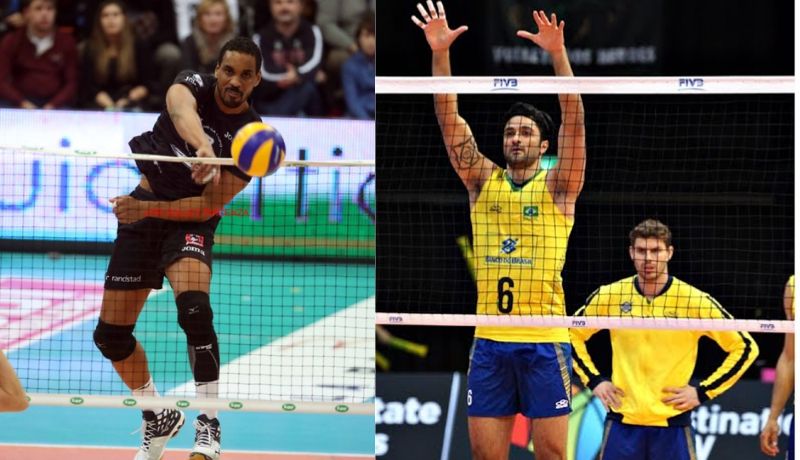
Additionally, they can generate more force on their attacks due to their longer limbs and reach. However, it is essential to recognize that height alone does not guarantee success, as taller players may face challenges such as reduced mobility, agility and defensive vulnerabilities in low positions.
Here’s a comparative table that further illustrates the impact of height on performance in the role of a middle blocker in volleyball:
| Height Range (Males) | Height Range (Females) | Advantages | Disadvantages |
| — | — | — | — |
| 6’7″ – 6’11” | 6’1″ – 6’4″ | Greater blocking coverage, higher attack reach, more forceful attacks | Potential reduced mobility and agility, defensive vulnerabilities in low positions |
| Below 6’7″ | Below 6’1″ | Increased agility and mobility, potential for quicker reactions and defensive moves | Reduced blocking coverage, lower attack reach, less forceful attacks |
| Above 6’11” | Above 6’4″ | Maximum blocking coverage, highest attack reach, most forceful attacks | Significant decrease in mobility and agility, increased defensive vulnerabilities in low positions |
Breaking the Height Barrier: Tips for Aspiring Middle Blockers
While height is undoubtedly a valuable attribute for middle blockers, it is not the only determining factor in a player’s success. Players who do not fall within the average height range can still excel in the middle blocker position by focusing on attributes like timing, reading opponents, jumping ability and quick reflexes. Furthermore, teamwork, communication and adaptability are essential skills that can propel a smaller middle blocker to success.
Key Skills for Middle Blockers
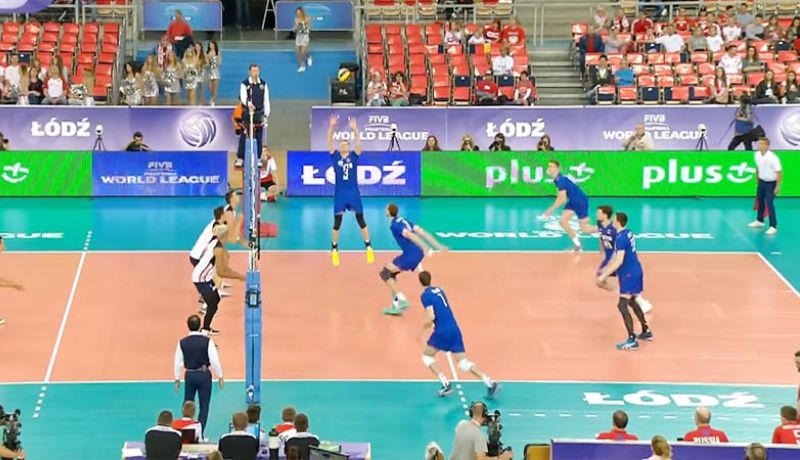
- Blocking: This is the primary role of a middle blocker. They should be able to block effectively, both in terms of timing and positioning, to prevent the opponents from scoring.
- Timing: Timing is crucial in volleyball, especially for middle blockers. They need to jump at precisely the right moment to block the ball or to hit a quick set.
- Reading the Game: Middle blockers should be able to anticipate the opponent’s moves. This skill requires experience and a deep understanding of the game’s tactics.
- Jumping Ability: Even if a player is not exceptionally tall, a good jumping ability can help compensate for the height disadvantage. Vertical jump training can significantly enhance this skill.
- Reflexes: The ability to react quickly to sudden changes is crucial. This skill can help a middle blocker block unexpected shots or adjust their position quickly.
- Teamwork: Good communication and understanding with teammates can improve the effectiveness of blocking. Coordinating with the back-row defenders can help cover more court area.
- Adaptability: The ability to adapt quickly to different situations and tactics can make a middle blocker more versatile and valuable to their team.
By honing these skills, aspiring middle blockers can overcome any perceived height disadvantages and excel in their positions.
Conclusion:
The average height of a middle blocker in volleyball can vary depending on their level of play. Generally, for professional female players, they will be somewhere between 5’6” to 6’1” tall while the male players differ slightly with an average height of 6’0” or taller. Height is just one factor that contributes to the success of any player in the sport and should not give them an advantage over other athletes.
It’s important to remember that all athletes are unique and come from different backgrounds which ultimately shapes who they become as a volleyball player. Whether you’re a beginner wanting to get into the sport or an experienced pro looking for greater heights – by honing your skills and continuing hard work, you may reach even beyond what you thought were your maximal capabilities as a middle blocker!

